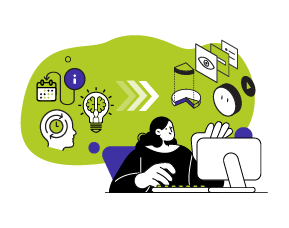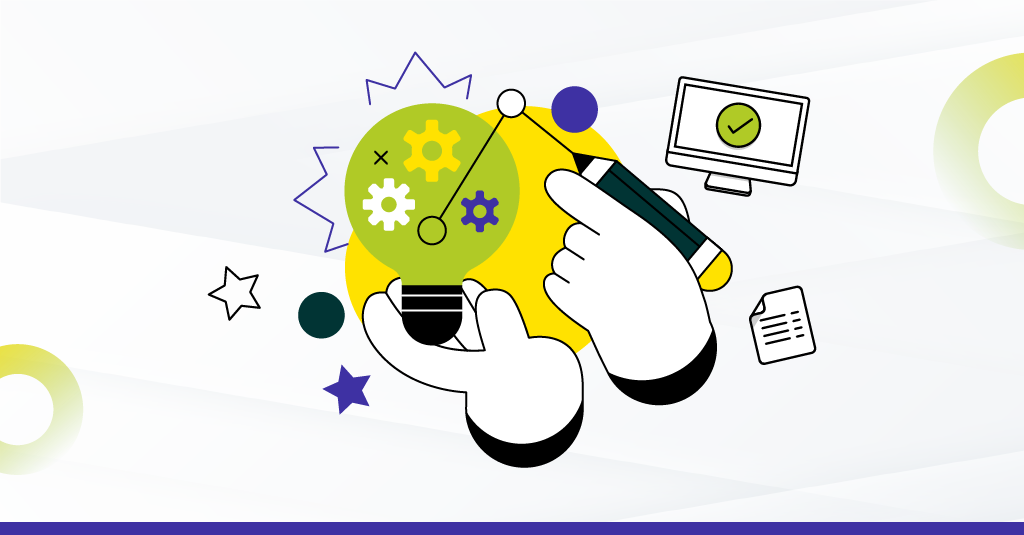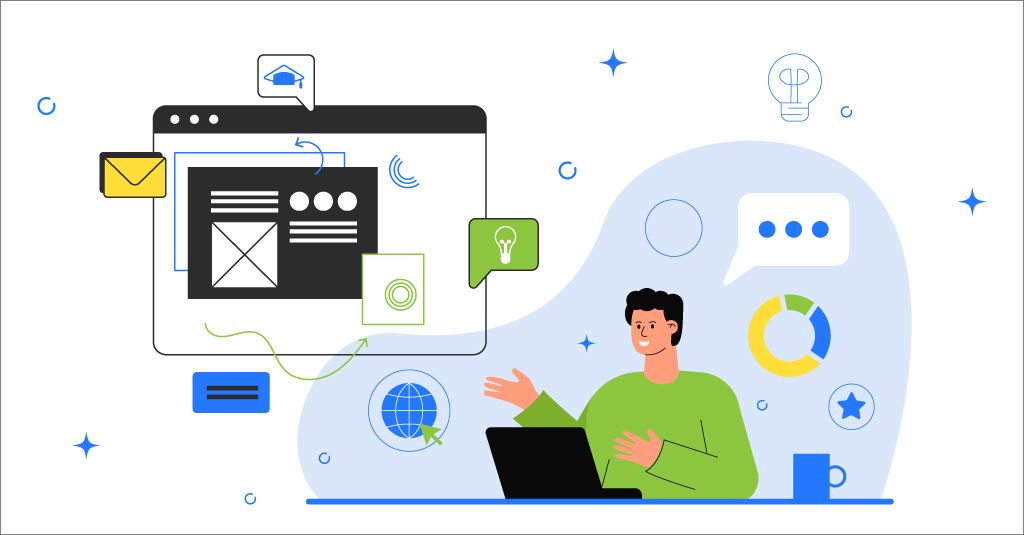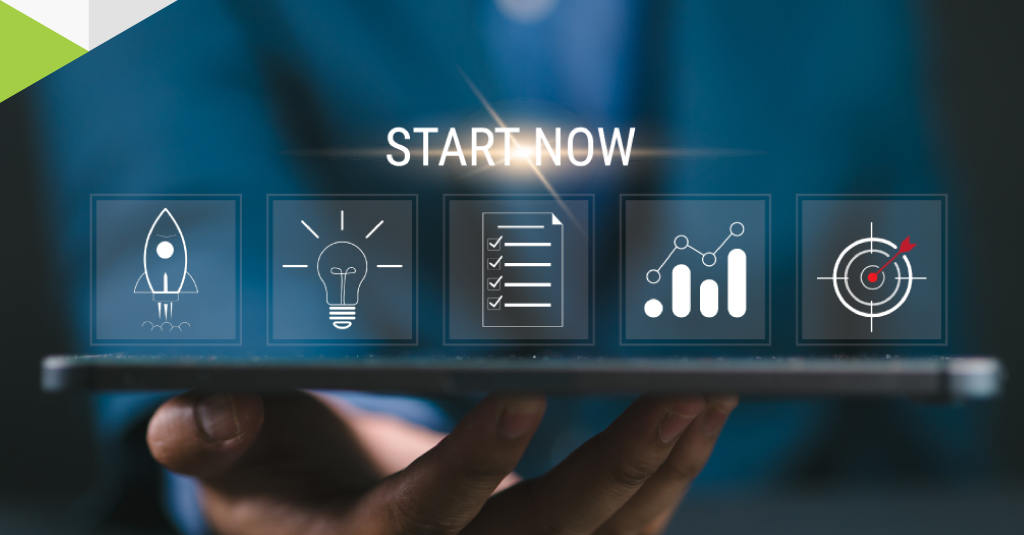To have measurable impact requires designing solutions to achieve change. That means we have to go beyond our folk beliefs about learning and look to what the research says leads to effective change. We have good prescriptions, but we too infrequently pay attention to them. Much of what is invested in as performance interventions has little impact. When we pay attention to what learning science tells us, however, we can do better.
The two critical elements for learning are retention over time until needed and transfer to all appropriate situations and no inappropriate ones. When we invest in a learning outcome, and our ability to apply it has faded, we may as well not have tried to achieve anything. Similarly, if learners can’t perform under all the necessary situations, we can’t realize the full benefit. These, then, are the things we need to ensure work.
Similarly, there are guidelines for designing performance support solutions. We’re focusing on learning impact here, so they’re not being directly addressed. Still, cognitive science and design practices give us guidance there, as needed.
Retention
 Meaningful retention, it turns out, is rarely achieved by reciting knowledge back. While there are times when the ability to recall knowledge is important (e.g. medical vocabulary), we suggest that what is more likely to make an impact on your organization is new abilities to do. In particular, in the context of increasing abilities of smart tools like AI, the ability to be better at detecting circumstances and making appropriate decisions is likely to be the necessary focus.
Meaningful retention, it turns out, is rarely achieved by reciting knowledge back. While there are times when the ability to recall knowledge is important (e.g. medical vocabulary), we suggest that what is more likely to make an impact on your organization is new abilities to do. In particular, in the context of increasing abilities of smart tools like AI, the ability to be better at detecting circumstances and making appropriate decisions is likely to be the necessary focus.
As is frequently cited, practice makes perfect. To put it another way, we perform as we practice. If we practice reciting knowledge, we’ll become good at reciting knowledge, but again, that’s unlikely to be a useful ability. Instead, we need to practice making the decisions and performing the tasks that we need to be able to do.
Thus, the first element for achieving impact is very carefully aligning what is practiced with what is needed to be performed. Research also suggests that we perform better when we practice in realistic situations, not on abstract problems. Thus, to learn to do sales spiels, practice sales spiels. Similarly, to learn a new process, practice the new process. And so on.
Some of the important details include having the right level of challenge, and appropriate feedback. There are details for each, and the former also implies that there’s more than one practice. Which is key; we need sufficient practice to attain the necessary level of ability to carry over to the performance environment.
For multiple practices, there are additional constraints. For one, you don’t want to have all your practice in one day. It turns out that the way learning happens is to strengthen connections in the brain. That strengthening can only happen so much in one day, and then rest is needed to support further strengthening. And one day’s worth of strengthening is unlikely to be enough. Just like building muscle, it takes repetitive practice over time. So, we need to space learning, reactivating the learning, across days, which isn’t like much of what we actually see in most organizational learning.
Further, we need the right challenge for a particular practice and increasing challenge overall. If there is more than one objective, then it also makes sense to mix up the practice, so that you’re not doing a mass of one, then a mass of another.
We also may have enabling objectives. For instance, to be able to sell widgets, we need to be able to both sell and know what makes a widget saleable. Typically, we work backwards from the final performance to the enabling objectives, until we come to what learners are already capable of doing.
Transfer
 That’s retention, but we also want transfer. As our technology gets more capable and our challenges more complex, we increasingly need the ability to make decisions in uncertain circumstances. The way we get the ability to do that is to practice making decisions across different situations.
That’s retention, but we also want transfer. As our technology gets more capable and our challenges more complex, we increasingly need the ability to make decisions in uncertain circumstances. The way we get the ability to do that is to practice making decisions across different situations.
Research tells us we learn better when the situations are concrete, not abstract. To successfully transfer, we want the concrete situations we see in practice to represent the full range of the potential application. With facilitated reflection helping us see the connections, we can then abstract the underlying principles and transfer the learning to new situations we haven’t seen.
To help us understand how to perform, we use two additional things. One is mental models that explain how this particular part of the world works, like dealing with customers or the chemical properties of this particular manufacturing process. These models give us the ability to predict the outcomes of decisions we make, to give us a good basis to make the right decision. We also have examples that show how these models work in context. As a side note, the contexts we see across examples and practice define the ‘space’ of situations where our learning interventions will transfer to.
When we use learning science to design our interventions to achieve the needed impact, we have the highest likelihood of actually achieving that impact. We will still need to test and potentially tune the experience. That’s because while our prescriptions from science will give us a coarse outline, they’re unlikely to exactly mimic our learning goals, audiences, and contexts. Thus, we test and tune until we achieve the impact we need. Together, measurement and design are the tools we need to apply.
To create impactful learning, move beyond traditional beliefs and adopt research-backed principles. Focus on retention and transfer by shifting from memorization to practical decision-making in realistic scenarios. Practice decisions across diverse situations and use mental models. Integrate learning science into design, test, and refine for alignment with specific goals and contexts. Delve into our eBook Designing for Learning Impact: Strategies and Implementation to discover effective design and measurement practices. Enhance your learning interventions by exploring more today!
















